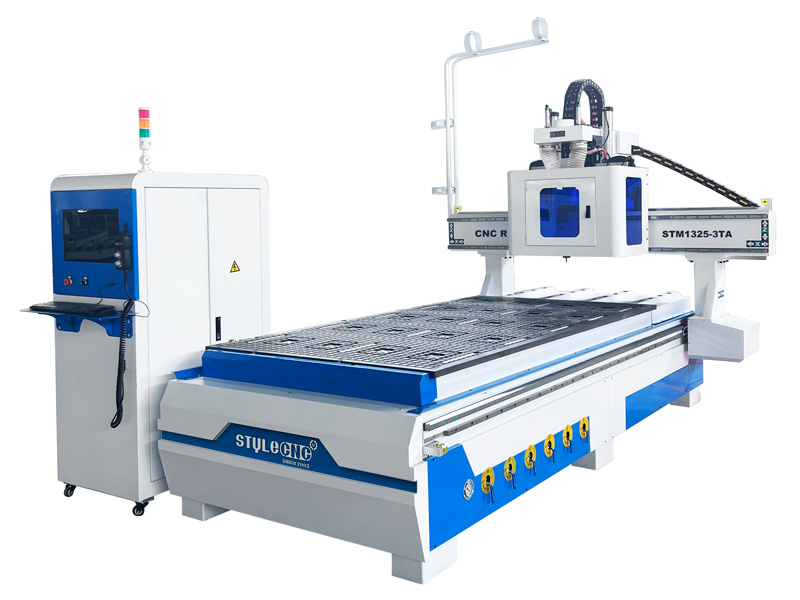
Materials Revolution Innovations Shaping Advanced Manufacturing
Materials Revolution: Innovations Shaping Advanced Manufacturing
Welcome to the frontier of manufacturing, where the game is changing, and materials are at the forefront of this revolution, reshaping how we create, build, and innovate.
Dawn of Advanced Materials
In the realm of advanced manufacturing, traditional materials are taking a backseat to a new generation of advanced materials. These materials, often engineered at the molecular level, exhibit properties that defy conventional limitations. From enhanced strength to unprecedented flexibility, they pave the way for novel possibilities in manufacturing.
Smart Materials and Responsive Structures
Enter the era of smart materials. These ingenious substances can respond dynamically to external stimuli. Whether it’s shape-memory alloys that return to their original form or materials that change properties in response to temperature, smart materials bring an unprecedented level of adaptability to manufacturing processes. Responsive structures open avenues for self-adjusting systems and intelligent designs.
Nanotechnology’s Impact
Nanotechnology, operating at the level of individual atoms and molecules, is a game-changer in advanced materials. Nanomaterials possess unique properties due to their minuscule scale. They can be stronger, lighter, and more durable than their bulk counterparts. In manufacturing, this opens up possibilities for creating ultra-efficient components and cutting-edge products.
Composite Materials for Strength and Versatility
Composite materials, combining different substances to create a material with superior properties, have become synonymous with advanced manufacturing. Whether it’s carbon fiber-reinforced composites for aerospace or graphene-based composites for electronics, these materials offer a perfect synergy of strength, versatility, and lightweight characteristics.
3D Printing with Advanced Materials
The advent of 3D printing has been a catalyst for the utilization of advanced materials. From metals to biocompatible polymers, 3D printing allows for the precise layering of materials, enabling the creation of intricate and customized designs. This technology not only enhances the manufacturing process but also opens the door to personalized and on-demand production.
Bio-Inspired Materials and Sustainable Manufacturing
Nature is a profound source of inspiration for advanced materials. Biomimicry involves mimicking biological structures and processes to create innovative materials. From self-healing materials to biodegradable polymers, bio-inspired materials contribute to sustainable manufacturing practices. This not only reduces environmental impact but also aligns with the growing demand for eco-friendly solutions.
Conducting and Transparent Materials
The demand for electronics and transparent displays has driven the development of conducting and transparent materials. Materials like conductive polymers and transparent conductive oxides play a crucial role in electronic devices and touchscreens. Their integration is shaping the future of smart gadgets and interactive displays.
Energy Storage Breakthroughs
In the realm of energy storage, advanced materials are driving breakthroughs. From lithium-sulfur batteries to supercapacitors with graphene electrodes, these materials offer higher energy density, faster charging times, and longer lifespan. Such innovations are pivotal in the transition to renewable energy and the development of electric vehicles.
Advanced Materials in Medicine
The marriage of advanced materials and medicine is revolutionizing healthcare. Biocompatible materials, such as hydrogels and bioactive ceramics, are used in tissue engineering and medical implants. Smart drug delivery systems, utilizing advanced materials, offer precise and controlled





:max_bytes(150000):strip_icc()/open-septic-tank-in-yard-while-bring-pumped-out-174030025-b87921a99e5748fb9997eebf4b203f3b.jpg)


